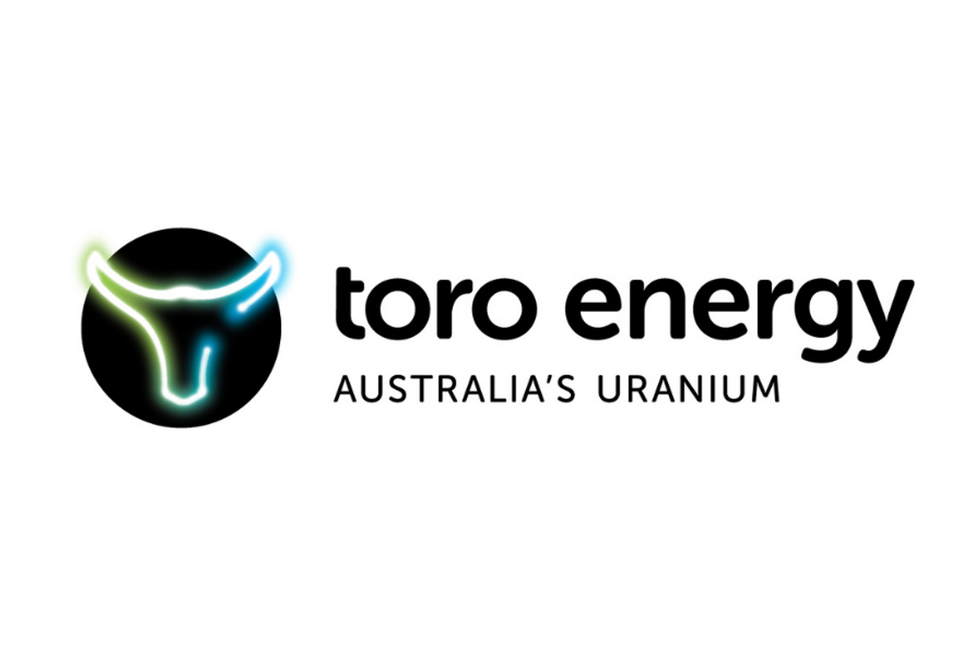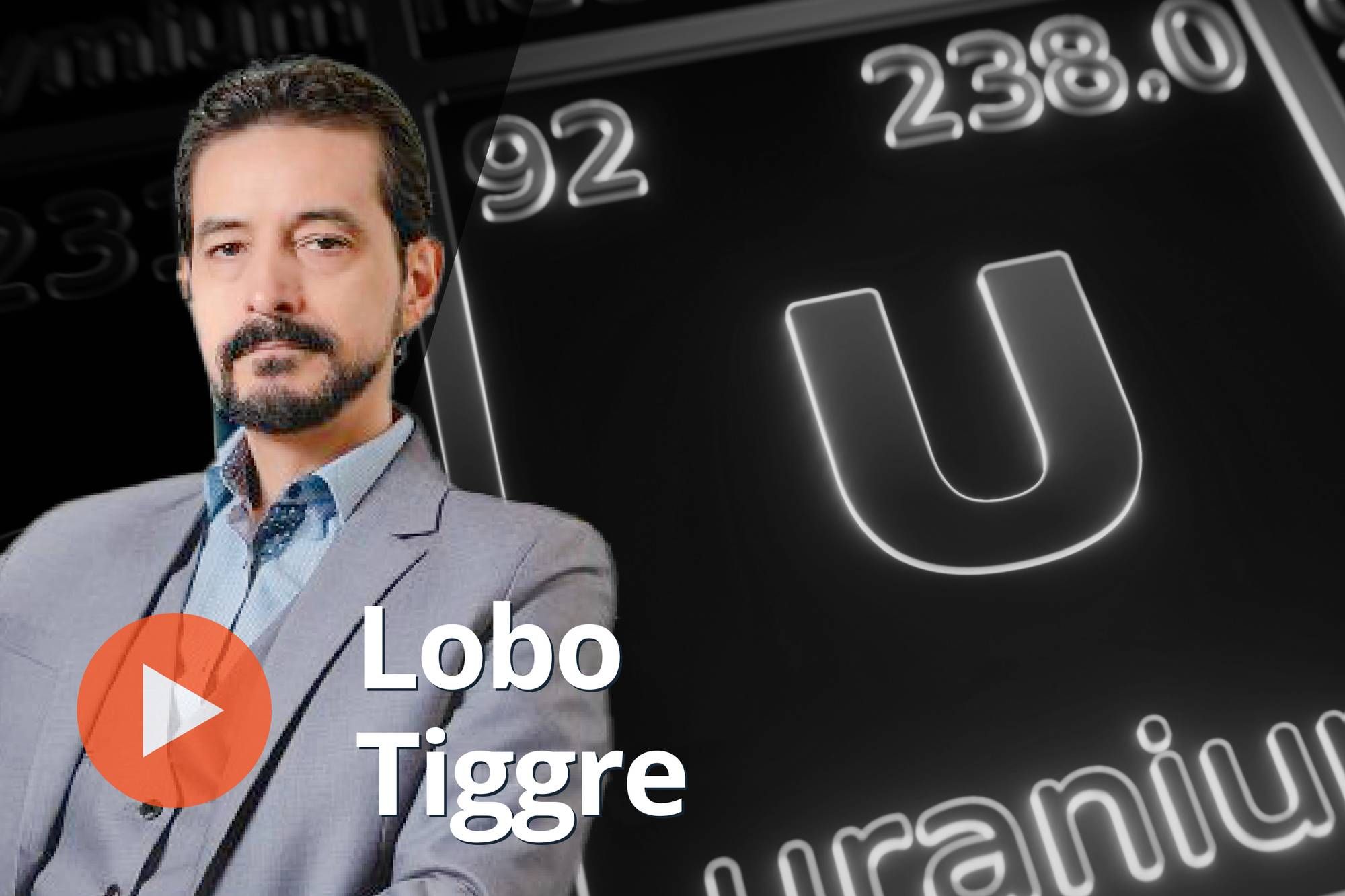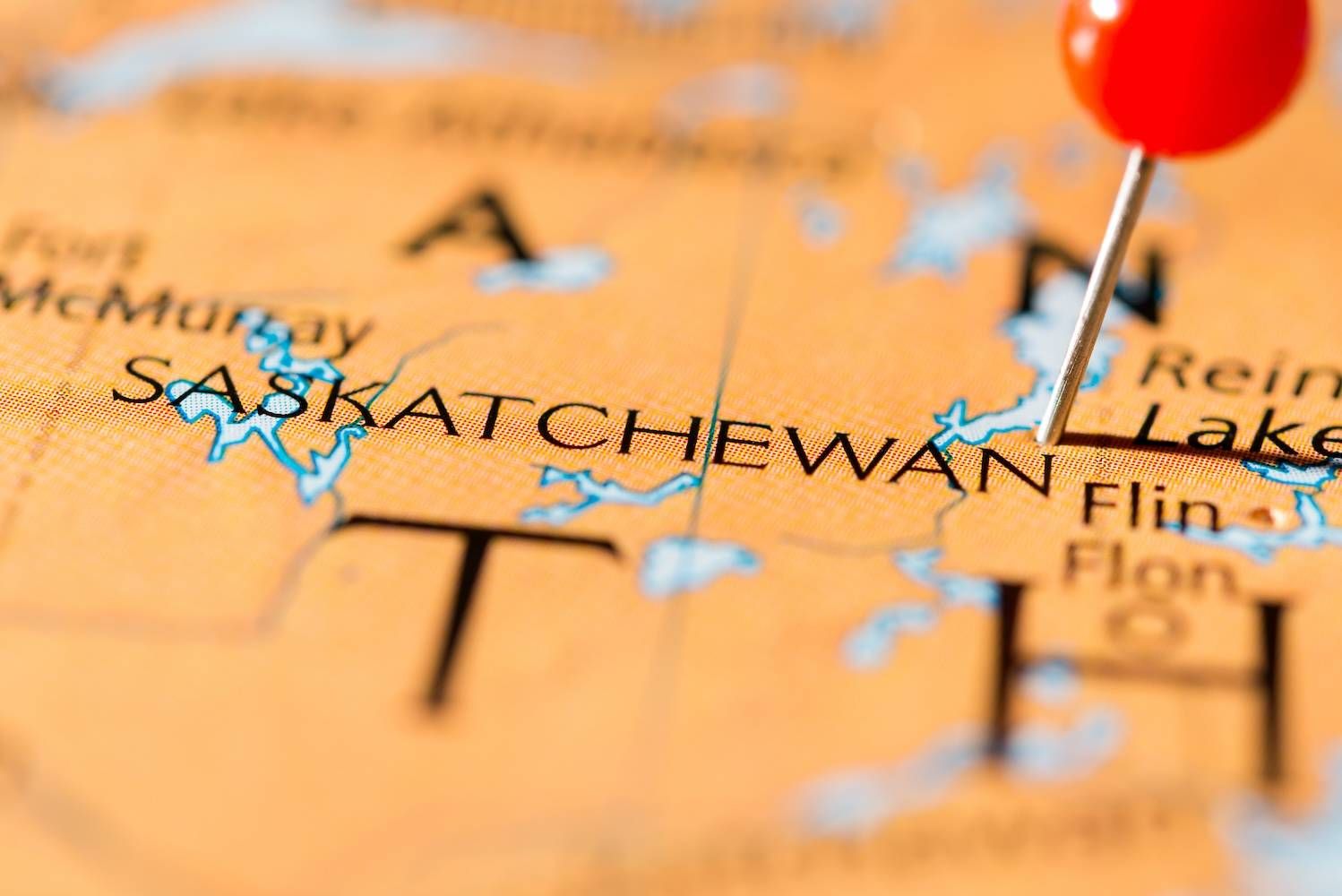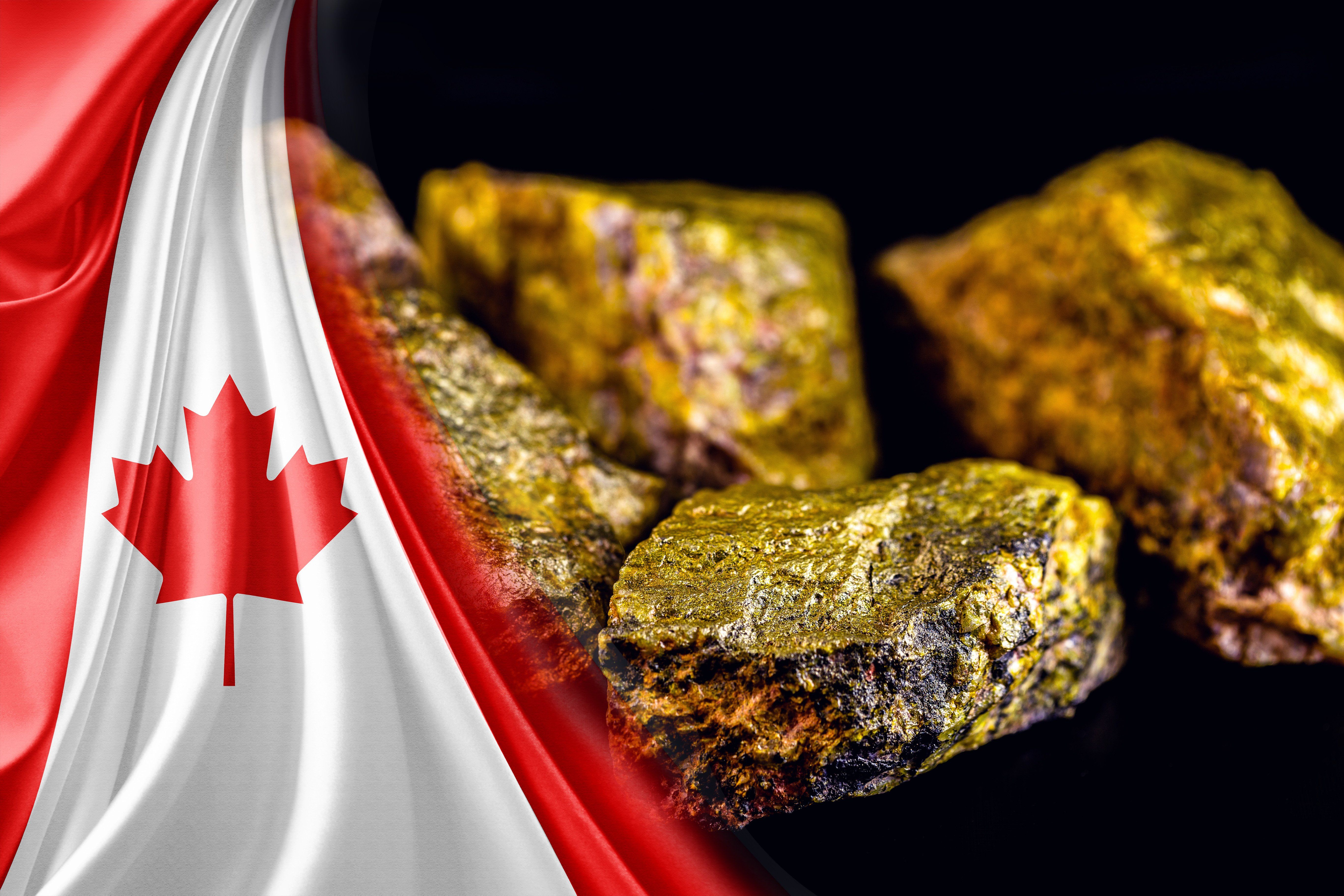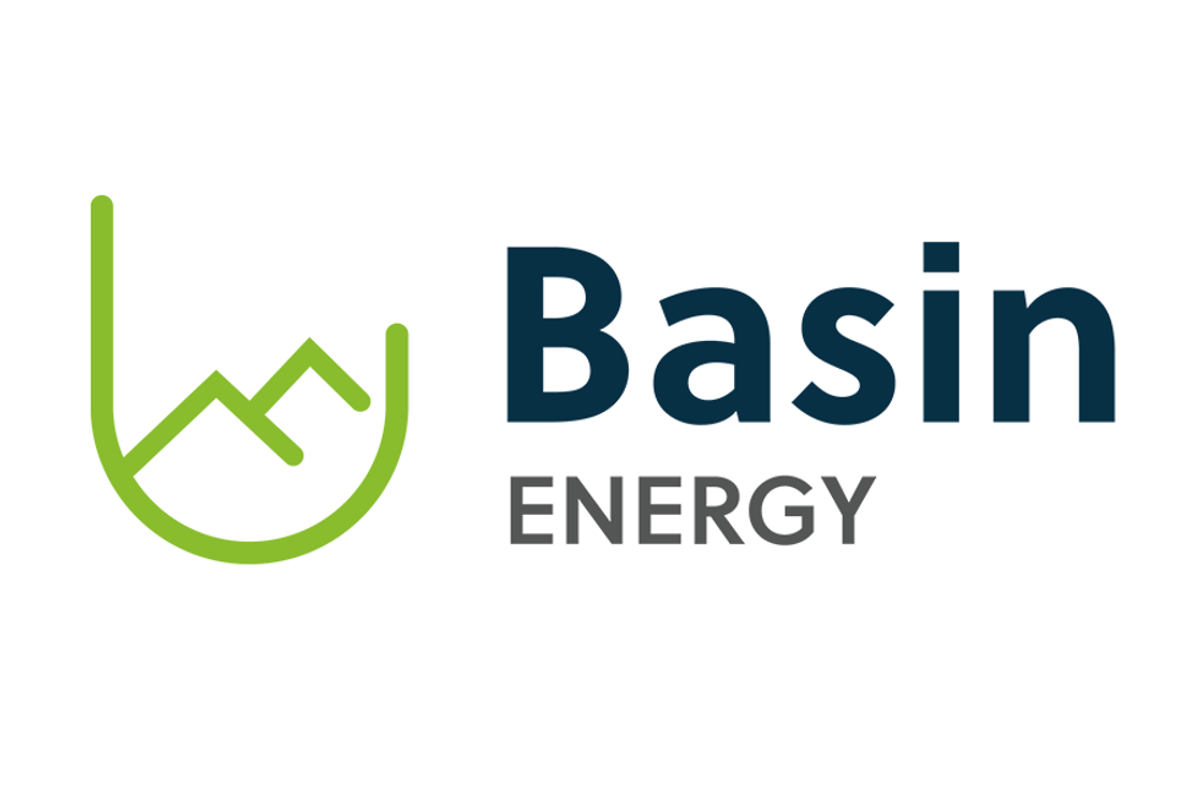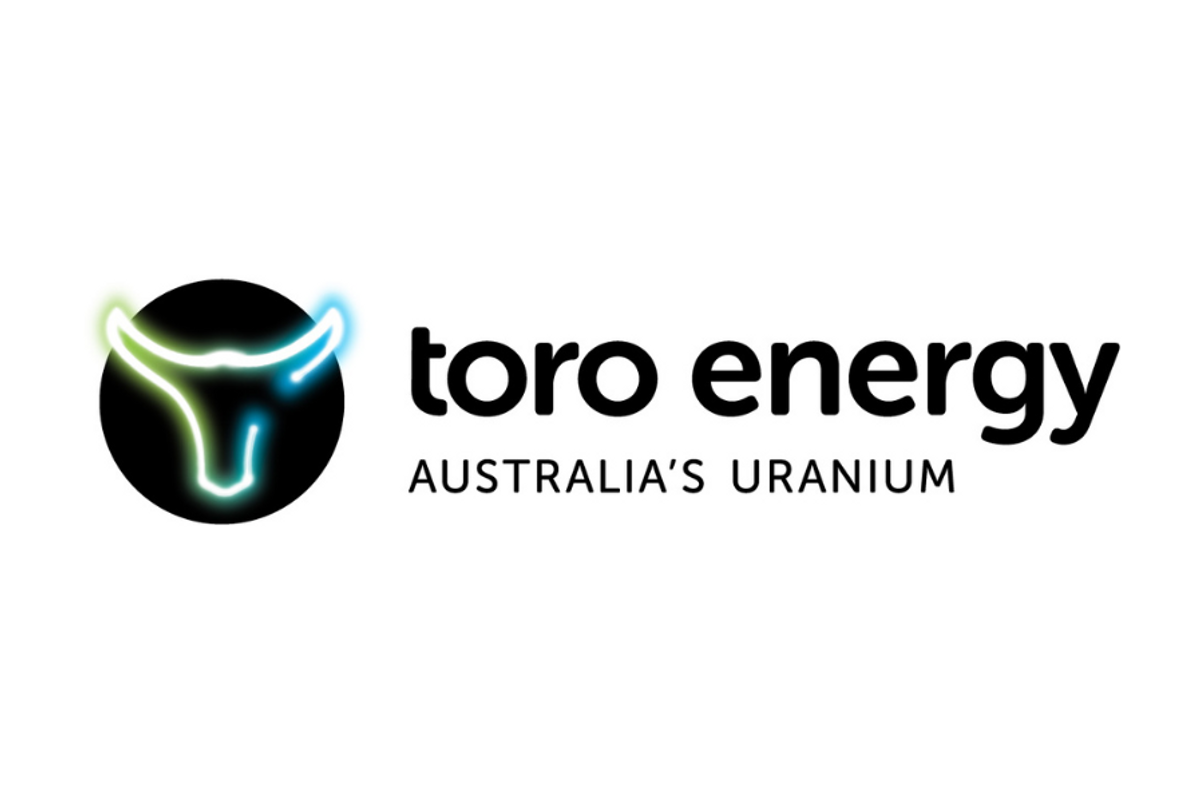
October 30, 2024
Toro Energy Limited (ASX: TOE) (‘the Company’ or ‘Toro’) is pleased to provide the following review of activities for the three month period ended 30 September 2024.
Highlights
Wiluna Uranium Project
- Re-estimation of the Lake Maitland uranium (as U3O8) and vanadium (as V2O5) resources completed within a lower grade U3O8 resource envelope (see details below) to allow for the resources of Lake Maitland to be stated at a 100ppm U3O8 and V2O5 cut-off grade.
- As a result the Lake Maitland Uranium-Vanadium resource can now be stated at a 100ppm U3O8 and V2O5 cut-off grade in alignment with the other deposits of the Wiluna Uranium Project.
- This expands the Lake Maitland stated U3O8 resource by approximately 12% or 3.2Mlbs to 29.6Mlbs contained U3O8, with a reduction in average grade to 403ppm U3O8 (at a 100ppm U3O8 cut-off).
- The stated Lake Maitland V2O5 resource expands by approximately 74% or 13.4Mlbs to 31.4Mlbs contained V2O5, with a reduction in average grade to 285ppm V2O5 (at a 100ppm V2O5 cut-off).
- All of the Wiluna Uranium Project resources can now be stated at a 100ppm cut-off, resulting in an approximate 17% expansion of the U3O8 resources for the Project to 73.6Mlbs from the previous 62.7Mlbs, with a reduction in average grade to 381ppm U3O8.
- Design phase for pilot plant commissioned by Toro for the Wiluna Uranium project nearing completion, to text the improved beneficiation and hydrometallurgical circuit developed by Toro at closer to production scale.
- Pilot plant will test potential ore from all three uranium deposits (Lake Maitland, Lake Way and Centipede-Millipede) which could potentially underpin an expanded Lake Maitland operation.
- Integration of re-estimated Lake Maitland vanadium resource into Lake Maitland uranium resource block model commenced after the end of the quarter, which is the start of preparations for a new scoping study update for a stand-alone uranium-vanadium mining and processing operation at Lake Maitland.
Corporate
- Cash and liquid financial assets valued at approximately $11.2 million as at the quarter end.
URANIUM PORTFOLIO SUMMARY
Wiluna Uranium Project, Western Australia
Toro’s 100%-owned Wiluna Uranium Project is located near Wiluna on the Goldfields Highway, some 750km NE of Perth in Western Australia.
The Wiluna Project consists of the Lake Maitland, Lake Way, and Centipede- Millipede Deposits (see Figure 1). Together, these deposits of the Wiluna Uranium Project contain some 87.8 Mt grading 381ppm U3O8 for 73.6 Mlbs of contained U3O8 at a 100ppm U3O8 cut-off (JORC 2012 – refer to ASX announcements of 15 October 2015, 1 February 2016, 21 October 2019 and 30 November 2021).
This is in addition to the vanadium resource of 141.8Mt grading 286ppm V2O5 for 89.3Mlbs of contained V2O5 at a 100ppm V2O5 cut-off (inside the U3O8 resource envelope) as referred to above (JORC2012 – Inferred – refer to the Company’s ASX announcement of 21 October 2019).
Click here for the full ASX Release
This article includes content from Toro Energy, licensed for the purpose of publishing on Investing News Australia. This article does not constitute financial product advice. It is your responsibility to perform proper due diligence before acting upon any information provided here. Please refer to our full disclaimer here.
TOE:AU
The Conversation (0)
12 October 2025
Joint Investor Presentation
Toro Energy (TOE:AU) has announced Joint Investor PresentationDownload the PDF here. Keep Reading...
12 October 2025
IsoEnergy to Acquire Toro Energy
Toro Energy (TOE:AU) has announced IsoEnergy to Acquire Toro EnergyDownload the PDF here. Keep Reading...
12 October 2025
IsoEnergy to Acquire Toro Energy, Strengthening a Top-Tier Uranium Portfolio in a Rising Market
PERTH, Australia - Oct. 13, 2025 - IsoEnergy Ltd. ("IsoEnergy") (NYSE American: ISOU) (TSX: ISO) and Toro Energy Ltd. ("Toro") (ASX: TOE,OTC:TOEYF) are pleased to announce that they have entered into a scheme implementation deed (the " SID ") pursuant to which, among other things, IsoEnergy has... Keep Reading...
31 July 2025
Quarterly Activities and Cashflow Report June 2025
Toro Energy (TOE:AU) has announced Quarterly Activities and Cashflow Report June 2025Download the PDF here. Keep Reading...
27 May 2025
Updated Scoping Study Results Lake Maitland Uranium Project
Toro Energy (TOE:AU) has announced Updated Scoping Study Results Lake Maitland Uranium ProjectDownload the PDF here. Keep Reading...
23 December 2025
Lobo Tiggre: Supply Tight, Demand Strong, What's Next for the 2026 Uranium Market?
Lobo Tiggre, CEO of IndependentSpeculator.com, described uranium’s key role in providing baseload energy, a narrative that is only being heightened by added artificial intelligence data center and electric vehicle (EV) demand projections. “The use case is baseload power. There’s no substitution,... Keep Reading...
22 December 2025
Ben Finegold: Uranium in 2026 — Price Outlook, Plus Stocks, Supply and Demand
Ben Finegold, head of research at Ocean Wall, shares his 2026 outlook for uranium supply, demand and prices, emphasizing that the nuclear energy story remains strong. While 2025 brought little movement in the spot price, he believes the stage is set for higher numbers. Don't forget to follow us... Keep Reading...
19 December 2025
Denison, Skyharbour Finalize Saskatchewan Uranium Joint Venture Deal
Denison Mines (TSX:DML,NYSEAMERICAN:DNN) has closed a previously announced deal with Skyharbour Resources (TSXV:SYH,OTCQX:SYHBF) that repurposes a large block of uranium exploration ground surrounding Denison's flagship Wheeler River project in Northern Saskatchewan.The recent transaction... Keep Reading...
18 December 2025
5 Best-performing Canadian Uranium Stocks of 2025
The uranium market moved through 2025 with less drama than the previous year, but the quieter tone masked a sector where supply is still tightening beneath the surface. After 2024’s surge to two decade highs, U3O8 prices traded in a narrower range in 2025, slipping to a low of US$63.71 per pound... Keep Reading...
18 December 2025
Resource Expansion Drilling Confirms 3,000 metres of New Uranium Trends with Best Drill Hole of 1.4 GT over 7.6 metres
Resource expansion drilling of 50 holes completed at Lo Herma as planned yielding significant mineralised extensions over 3km to the north of proposed Mine Units 1 and 2. Drilling delivered AMU’s strongest intercept to date ahead of 2026 MRE and Scoping Study updates at AMU’s flagship Lo Herma ISR Uranium Project in Wyoming’s Powder River Basin.
American Uranium Limited (ASX:AMU, OTC:AMUIF) (American Uranium, AMU or the Company) is pleased to advise that 2025 resource expansion drilling at its Lo Herma ISR uranium project in Wyoming’s Powder River Basin (Lo Herma, the Project) has been completed according to plan with the drilling of 50... Keep Reading...
17 December 2025
Completes phase one drilling and expands Sybella-Barkly
Basin Energy (BSN:AU) has announced Completes phase one drilling and expands Sybella-BarklyDownload the PDF here. Keep Reading...
Latest News
Interactive Chart
Latest Press Releases
Related News
TOP STOCKS
American Battery4.030.24
Aion Therapeutic0.10-0.01
Cybin Corp2.140.00
